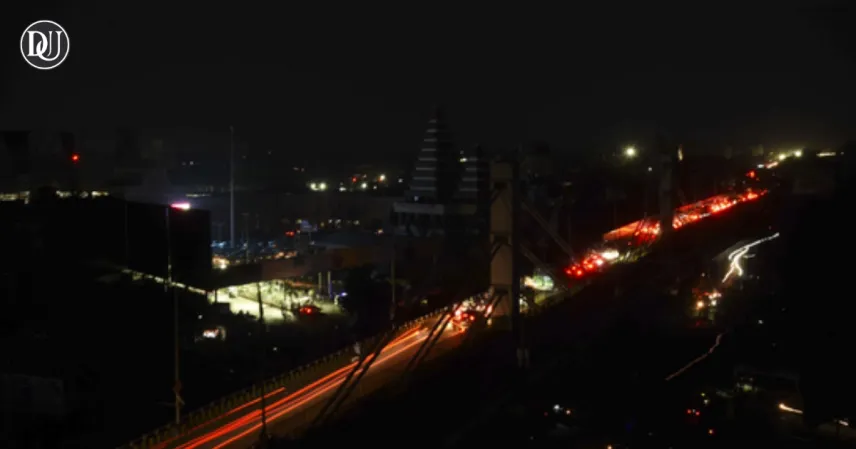On a seemingly ordinary evening, the lights in homes, offices, and streets across India flickered and faded into darkness. But this time, it wasn’t a power cut. It was something far more powerful — a nationwide moment of awareness, reflection, and preparation.
From Delhi’s crowded markets to Mumbai’s quiet lanes, people came together for a nationwide blackout drill. And while the lights went out, something else lit up — the spirit of unity and readiness.
What Really Happened?
This wasn’t just about turning off switches. It was a large-scale safety exercise — a mock drill designed to prepare people for emergency situations. Across many cities, families dimmed their homes, air raid sirens rang out in the distance, and in some places, mock evacuations were conducted to mimic what might happen during a real-life emergency.
It was strange, even a little unsettling at first. But then it started to make sense. This was about being ready. This was about protecting each other. And most importantly, this was about learning — not just as individuals, but as a country.
A Wake-Up Call, Not a Panic Alarm
There was no chaos, no panic. Instead, there was calm, awareness, and a shared sense of purpose. Schools walked students through safe exit routes. Local authorities guided communities on what to do during air raids or blackouts. Families, many for the first time, had serious conversations about safety.
We often take peace for granted. But moments like these remind us that being prepared is just as important as being hopeful.
#WATCH | Blackout in Akshardham area of Delhi, as part of the mock drill ordered by the MHA. pic.twitter.com/lTyO9ZTXr8
— ANI (@ANI) May 7, 2025
Neighbors, Not Strangers
One of the most beautiful things that came out of the blackout drill was how people came closer — quite literally. In many neighborhoods, people stepped out of their homes, checked on the elderly, talked to kids about staying safe, and simply stood together in the dark, connected by something bigger than themselves.
It wasn’t just a drill. It was a gentle reminder that in times of uncertainty, we don’t have to face anything alone.
Why It Mattered
In a world full of unpredictability, these drills give us something rare — a sense of control. They teach us how to respond instead of react. And more than anything, they give us confidence that no matter what comes, we are ready — together.
Final Thoughts
The lights may have gone out for a few minutes, but the impact of this nationwide drill will last far longer. It reminded us that being prepared is an act of love — for our families, our communities, and our country.
Let’s carry that awareness forward. Let’s make safety a habit, not just a drill.










